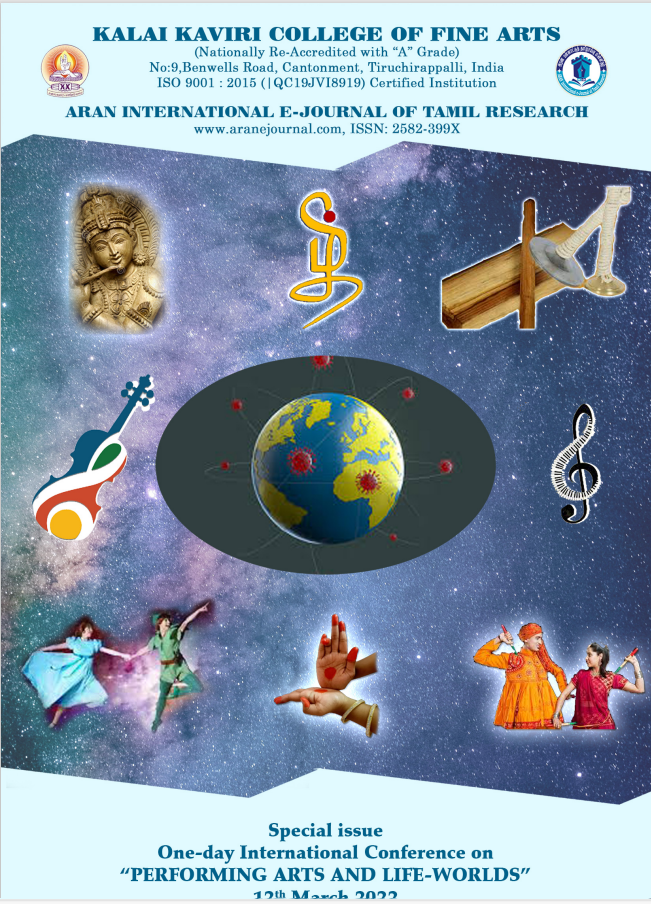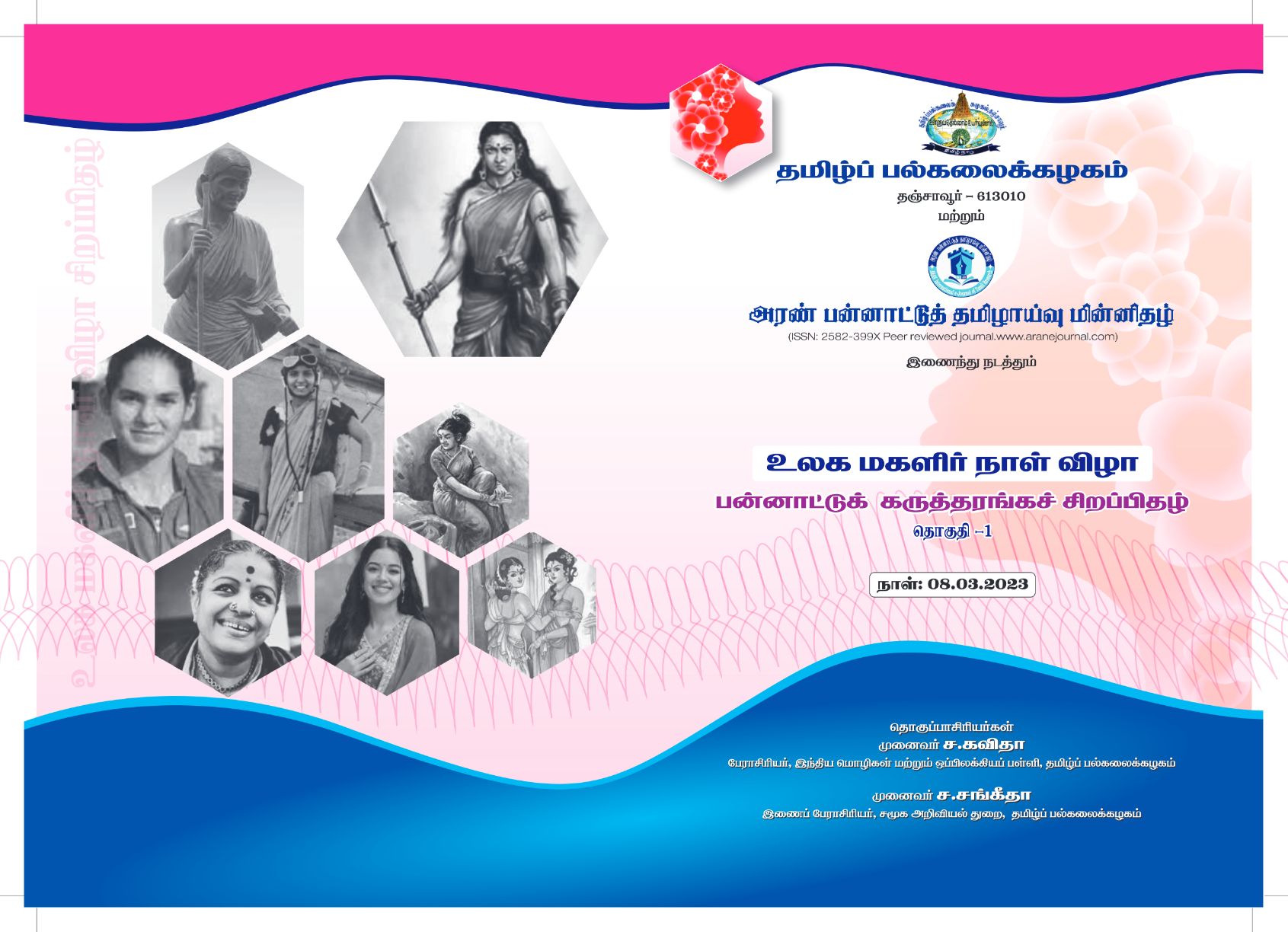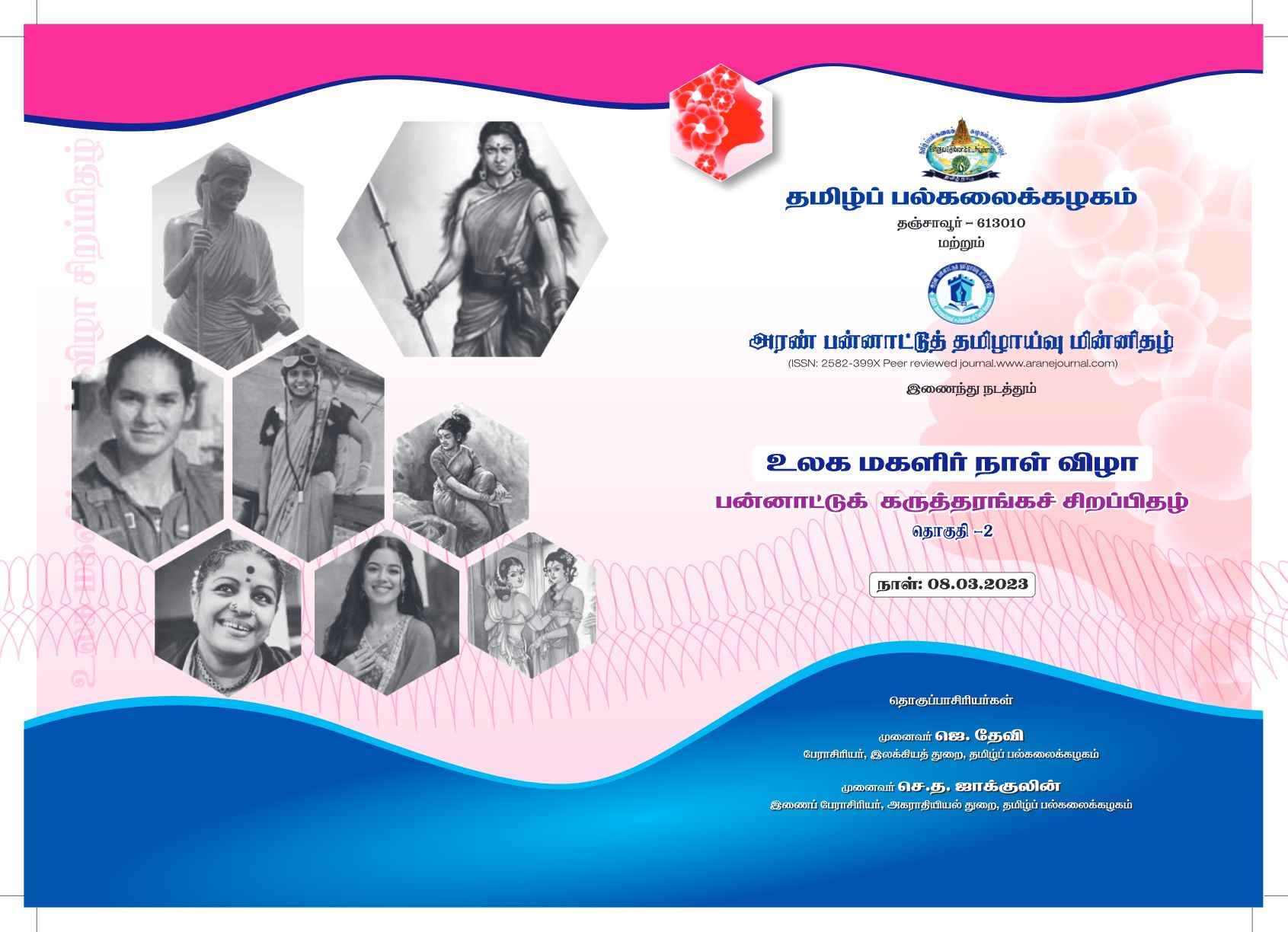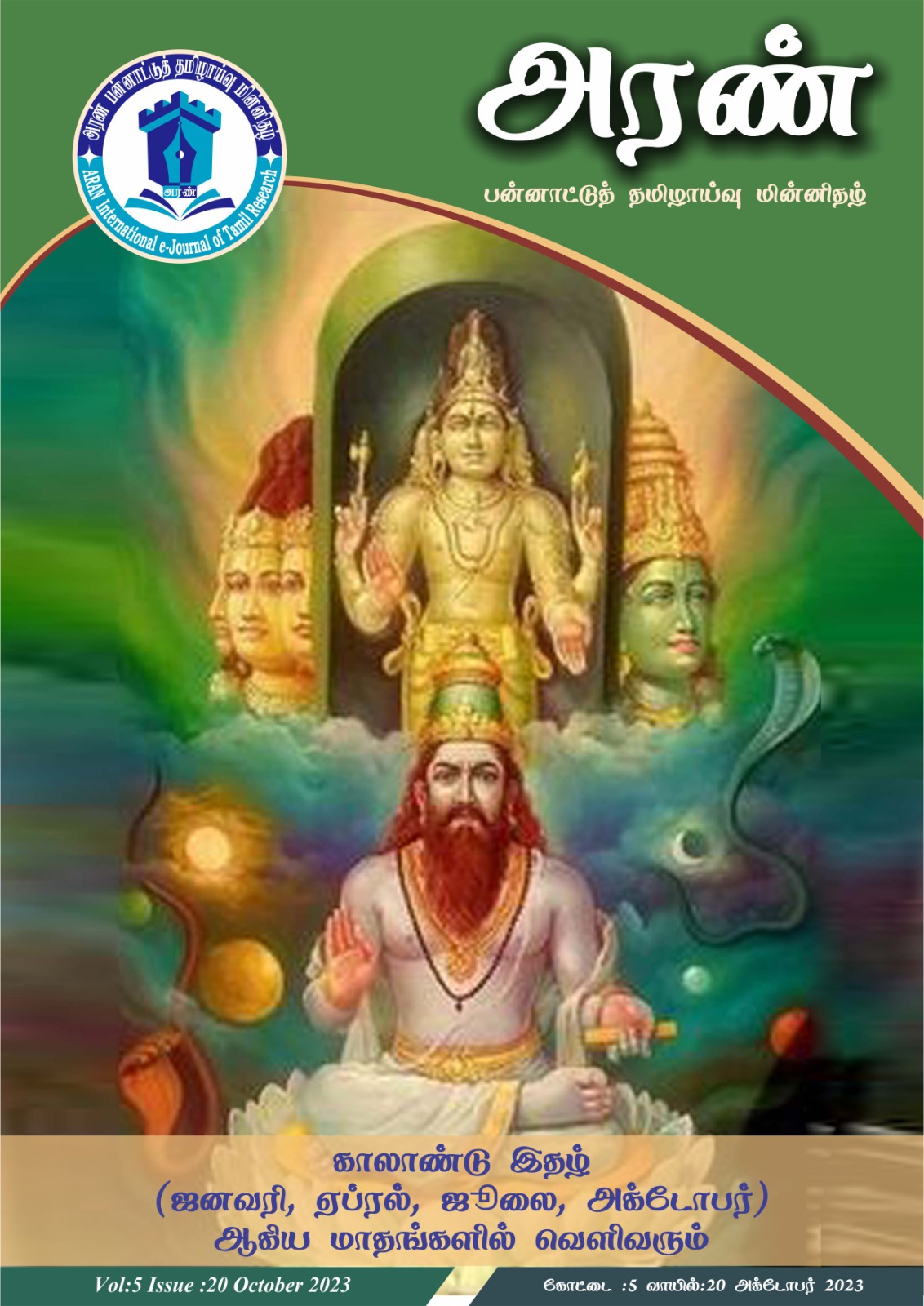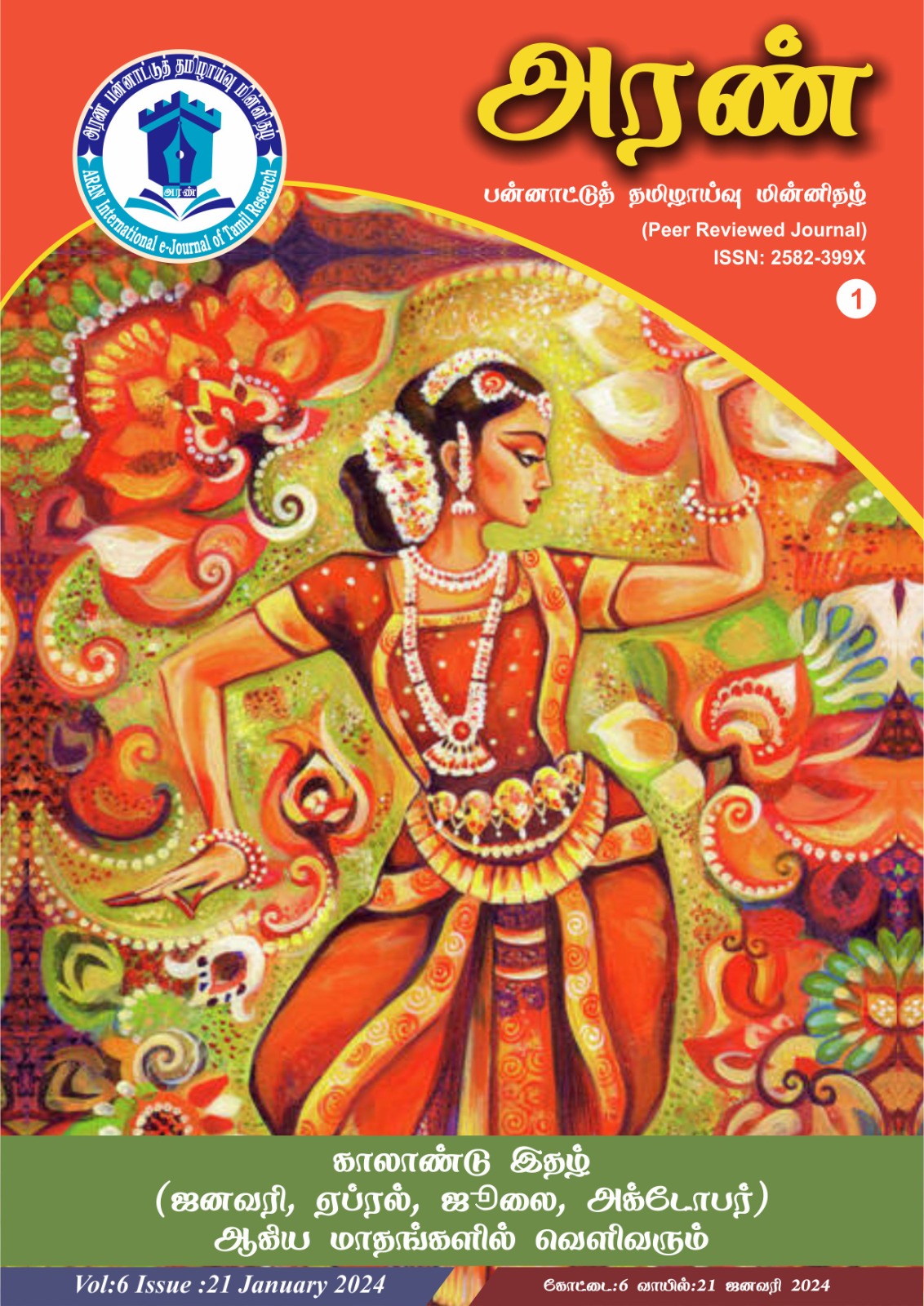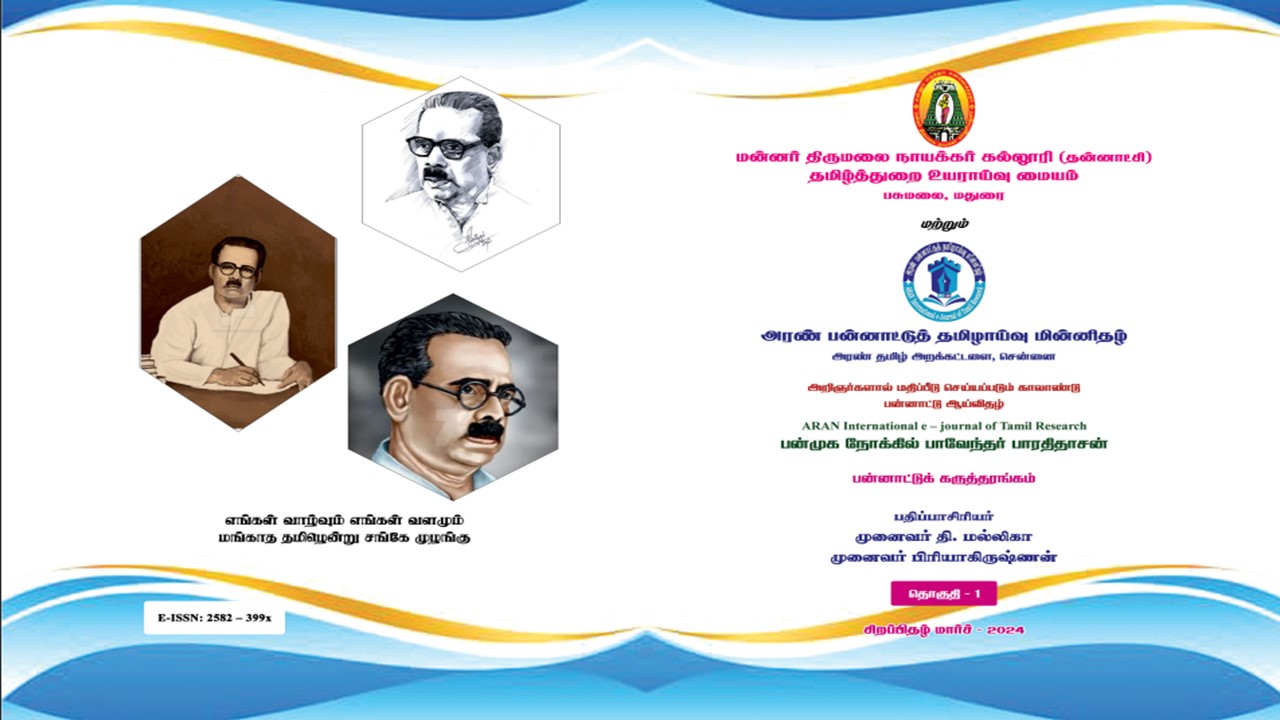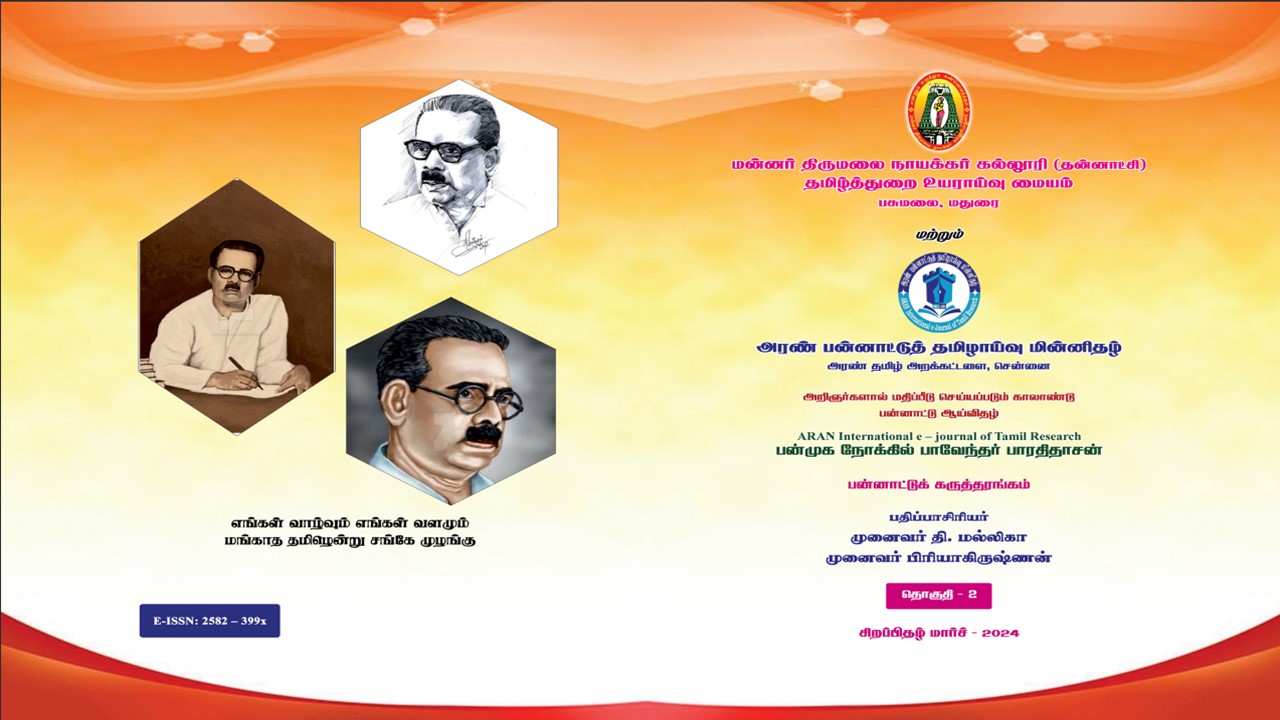Travel Behaviour of Pondicherry Urban Women
Travel Behaviour of Pondicherry Urban Women
Authr
G.sowparnika M.A, Mphil, Phd research scholar, Department of Tribal Research, Tamil University, Tanjore.
Guide
Dr.M.A.Sivaraman M.A, Mphil, Phd, Head of the Department, Department of Tribal Research, Tamil University, Tanjore.
Abstract:
While knowledge of women's travel behaviours is critical to achieving transportation equality, there continues to be a lack of awareness of gender-specific behaviours. The aim of the article is to research, we can know about their daily women's travel behaviors and needs as well as existing barriers to transportation access for woman in Pondicherry, with current findings. Public policies and initiatives were analyzed to examine the level of awareness of women's needs and how transport adapts to these needs. The results showed that the greatest differences in purpose were observed for the 20-49 age group, where women travel more for shopping.Lack of awareness about women's mobility needs is one reason why transport systems do not fully meet women's mobility needs.
Keywords: travel behaviors, transportation equality, women's mobility
Introduction:
Travel behaviour considers the ways in which people move through time and space, their reasons for doing so, and the individual and wider circumstances in which physical movement takes place (Van Acker et al., 2010). Mobility refers to the movement of people, objects and information (Sheller, 2014). Travel needs, conditions and behaviours are not uniform within societies. In particular, the travel patterns of lower socioeconomic groups, and women and girls, typically differ from their counterparts in ways that reflect, generate and compound disadvantage worldwide (Di Ciommo and Shiftan, 2017).Transportation is extremely important in today's daily life. Each person uses different types of vehicles when travelling. Every day, people use different types of transportation vehicles to do their daily work and move goods from one place to another. Women also use different modes of transportation to travel on their own, whether they are private or public.Women are the division of labour within households, they often have a number of jobs and activities, such as employment, household and family responsibilities.women have been found to make fewer journeys to work by car and more journeys for maintenance activities such as shopping and child care (Best and Lanzendorf, 2005; Boarnet and Sarmiento, 1998).
Purpose of study:
The purpose of this article is to study the types of mobility used by women living in urban areas of Pondicherry for their daily commute.
Daily Travel behaviour of pondicherry Women:
Women are required to perform a variety of everyday tasks.There are different kinds of women living in Pondicherry such as women who go to college, women who work and housewives.They all have to travel on a daily basis to do their jobs properly.We focus here on the mobility of women travelling.The majority of women are dependent upon public transit.Busses and trains are used for public transport. Buses transport within the city and into neighborhoods.Women uses to train longer distances and also use two-wheelers and automobiles to travel within the city.Many women now have two-wheelers.Women use two wheelers and share auto of their daily short distance travel.Women who do not have two wheels use public transportation vehicles like buses to travel.
Working women:
Working women in Pondicherry mostly travel on two-wheelers.Even if they leave home late everyday, they still manage to reach office on time.When travelling by bus, time is lost while waiting for the bus for a long period of time, leading to mental and physical fatigue.Also, their husbands, brothers and fathers carry them in two-wheelers. Women working for low income use the bus for their daily commute.Sometimes they go by auto at unavoidable times in case of time delay. This is the travel behavior of working women.
Girls studying in college:
College going girls go to college either near home or far away.Girls near the college, mostly walk or take an auto to the college.Girls near the college commute daily to the college by walking or by auto.Girls whose college is far away use buses and two-wheelers for daily commuting.Most middle-class families do not allow two-wheelers to go to college either because of their economy or because of concern for their daughters.Parents of girls feel that traveling by bus is safer and less expensive.
Housewives:
Housewives often travel daily for family work, going to the market and for their daily work.They use two-wheelers to drop their children to school.They use two-wheelers to visit their relatives' homes.They use vehicles like bus and train when traveling with family. Her husband takes her on his two-wheeler. Housewives use all kinds of vehicles for their travel.
Research Methodology:
The paper is based on the travel behaviour survey data collected from the women in personal interviews conducted at the Urban. I chose the urban area of Pondicherry to study the travel behavior of women. The purpose of conducting the survey was to assess the daily travel pattern of the population specific to the women both working and non-working.The database includes 100 samples from the city of Puducherry.Samples were randomly selected from all travel analysis areas to assess traffic characteristics throughout the city.The survey questionnaire focused on the understanding travel behaviour attributes as well as the awareness about the application.
Findings:
For this study I directly contacted 100 women and asked them about their daily travel behaviour.
Table 1 show that the travel behaviours of women by age
|
WOMEN’S AGE GROUP |
|||
|
MOBILITY |
20-30 |
30-40 |
40-49 |
|
TWO WHEELER |
10 |
16 |
5 |
|
BUS |
12 |
10 |
15 |
|
SHARE AUTO |
15 |
14 |
10 |
|
OTHER VEHICLES |
4 |
3 |
4 |
Conclusions:
- Women who have been oppressed in the patriarchal society for a very long time have only recently started to raise their voices for their rights.
- In order for women to realize their right and their importance in the society and to maintain it, women also worked as equal to men.
- It is necessary for them to travel either in their own vehicles or in public transport vehicles.
- Economically backward women use public transport like buses.
- All women avoid night trips whether they own vehicles or not.
- Because they avoid night travel due to fear of violence against women and crimes like theft.
- Also in Pondicherry there is a lot of crime because alcohol is sold in abundance.
- Through this study we can learn about the daily travel behavior of Pondicherry women.
References:
- Van Acker, V., Van Wee, B., Witlox, F., 2010. When transport geography meets social psychology: toward a conceptual model of travel behaviour. Transport Rev. 30 (2), 219–240. https://doi.org/10.1080/01441640902943453.
- Sheller, M., 2014. The new mobilities paradigm for a live sociology. Curr. Sociol. 62 (6), 789–811. https://doi.org/10.1177/0011392114533211.
- Di Ciommo, F., Shiftan, Y., 2017. Transport equity analysis. Transport Rev. 37 (2), 139–151. https://doi.org/10.1080/01441647.2017.1278647.
- Boarnet, M.G. and S. Sarmiento (1998), “Can land-use policy really affect travel behaviour? A study of the link between non-work travel and land-use characteristics”, Urban Studies, Vol. 35/7, pp. 1155-1169
- Monika Singh and Sanjay Gupta, “Travel behaviour of working women in Indian cities”,www.irjet.net vol.8 issue 06/June2021, p-ISSN: 2395-0072

